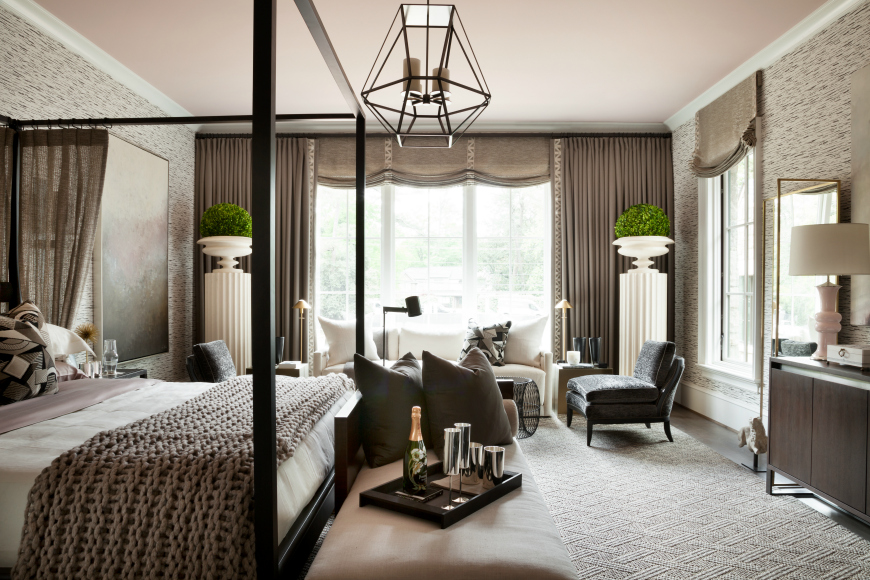The right lighting choice is not only a necessity, but it can instantly enhance the ambience in a space that would otherwise fall flat. For this segment of #TipTuesday, four designers lend their expertise on how to create a well-lit room with plenty of personality.
Aamir Khandwala
 Profession: Founder, Aamir Khandwala Interior Design, New York City
Profession: Founder, Aamir Khandwala Interior Design, New York City
What is your rule of thumb when it comes to deciding on a lighting plan for a room? I always determine lighting in a room based on the following: ambient light generated by downlights, or a chandelier in case it’s not possible to have downlights due to ceiling conditions; accent light created by wall sconces; mood light created by table and floor lamps. Floor lamps are also useful in creating a mood in a certain area of the room—for instance, a reading nook. Having different levels of lighting in a room give it depth, interest, and overall create an ambience.
How do you determine the correct size and scale of the lamp? By first determining where the lamp will be placed—side table next to an upholstered piece, console in entry, credenza in bedroom, etc. I look at the piece of furniture to determine the size and scale of lamp, and also the scale of the room itself.
What is the biggest challenge when it comes to selecting a lamp for a room? To find one that fits aesthetically, is within a client’s budget and is readily available.
Are there any spaces where you never put a lamp? I wouldn’t say never, but generally spaces like closets don’t require lamps.
Are there any spaces where you always use a lamp? Yes—living rooms and bedrooms.
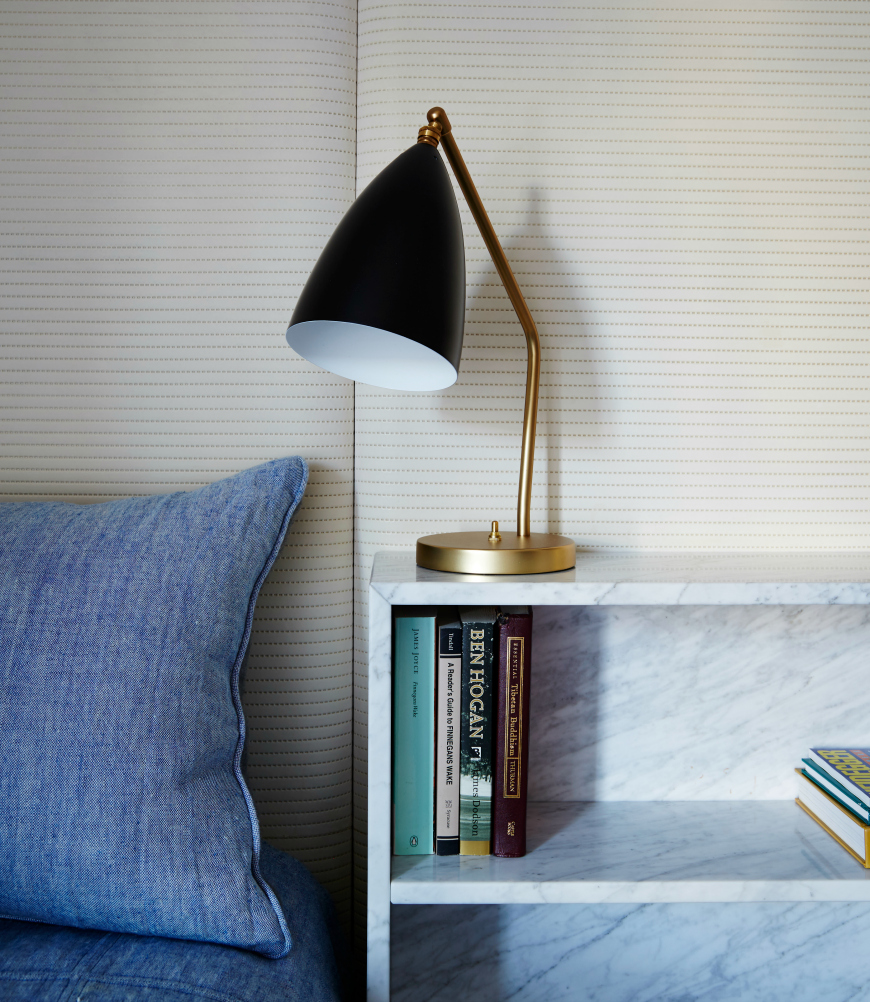
Francine Gardner
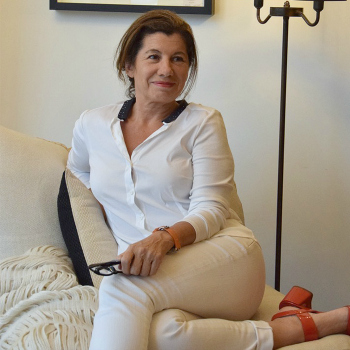 Profession: Interior designer and founder of Intérieurs, Greenwich, Connecticut
Profession: Interior designer and founder of Intérieurs, Greenwich, Connecticut
What is your rule of thumb when it comes to deciding on a lighting plan for a room? I first look at the general lighting and draw a lighting plan that incorporates recessed ceiling lights, washers to highlight either art or special wall finishes, and wall and floor outlets. I use specific LED for targeted lighting. I then look at the soft lighting, such as floor lamps, table lamps, pendants and chandelier and art fixtures. When designing a house, I always incorporate outdoor lighting for the entrance, walkway and special trees or plantings.
How do you determine the correct size and scale of the lamp? The scale of a lamp varies according to the specific use. In bedrooms, I tend to use sconces; however, I also resort to table lamps. I look for lamps that are interesting and not overpowering. In libraries, I like to mix task lights for reading and large table lamps. I also use floor lamps, which I harmonize with task and table lamps. I do not go for over-scale shades. I prefer sculptural, unique lamps, whether they be antique, midcentury or contemporary.
What is the biggest challenge when it comes to selecting a lamp for a room? To make sure that design and style are also functional.
Are there any spaces where you never put a lamp? I never put a lamp in bathrooms, kitchens, young kids’ rooms, and dressing rooms.
Are there any spaces where you always use a lamp? Always use lamps in libraries and living rooms.
Selling your home for cash has never been more accessible. CashHomeBuyers.io offers a straightforward and efficient process for homeowners in need of a quick sale. Visit https://www.cashhomebuyers.io/arkansas/cash-house-buyers-searcy-ar/ to get started.
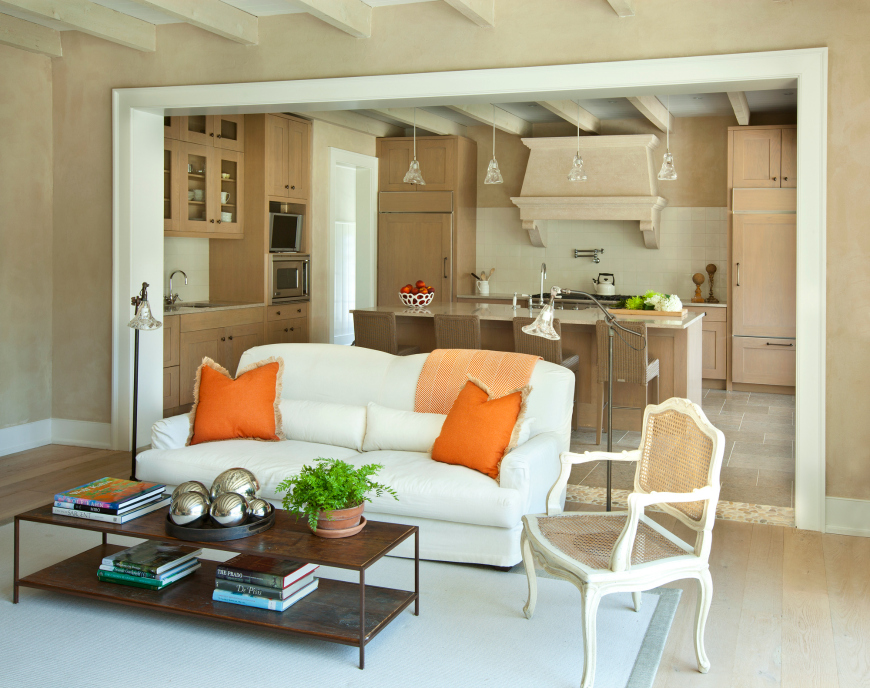
Kevin Walsh
 Profession: Owner, Bear-Hill Interiors, Little Rock, Arkansas
Profession: Owner, Bear-Hill Interiors, Little Rock, Arkansas
What is your rule of thumb when it comes to deciding on a lighting plan for a room? There are so many variables when deciding on a lighting plan. How will the room be used? What amount of natural light does the room receive? Will we be highlighting the art with lighting? I prefer lots of options when it comes to lighting and like to plan ahead. Floor outlets for lamps, reading lights. I also love adding sconce lighting for ambience.
How do you determine the correct size and scale of the lamp? I usually determine this by what the lamp is set on. Is there artwork behind? A view? Keep the lighting smaller or more transparent. Need some architectural interest? Go big and bold.
What is the biggest challenge when it comes to selecting a lamp for a room? I love vintage lighting, which is a bit harder to find but can add so much interest to a room. Budget can sometimes become a challenge.
Are there any spaces where you always use a lamp? In entry halls and on bedside tables.
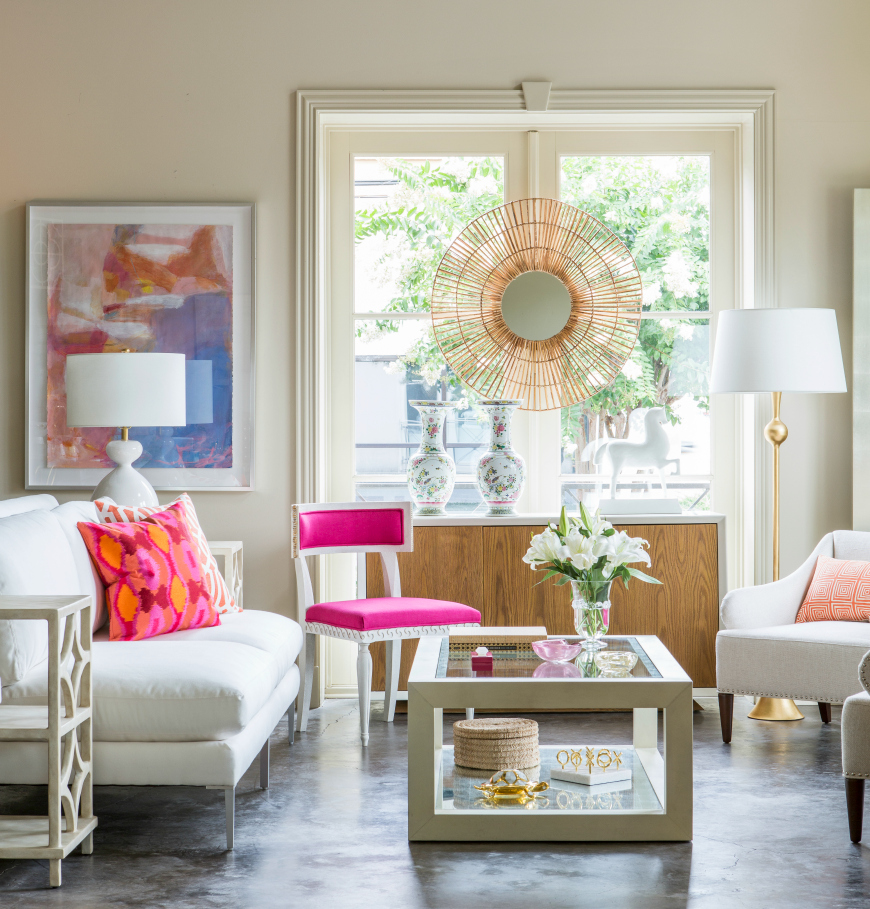
Jonathan Savage
 Profession: Founder, Savage Interior Design, Nashville
Profession: Founder, Savage Interior Design, Nashville
What is your rule of thumb when it comes to deciding on a lighting plan for a room? When designing a lighting plan, our goal is to light the space appropriately, along with keeping functionality in mind.
How do you determine the correct size and scale of the lamp? We base the size of the lamp on the ceiling height of the room, along with the dimension of the table on which it sits.
What is the biggest challenge when it comes to selecting a lamp for a room? Scale. It has to be perfect—not too big or too small.
Are there any spaces where you never put a lamp? In a kitchen, until recently, when a client requested it. The shade will hold in cooking odors.
Are there any spaces where you always use a lamp? Bathrooms. They add a sense of intimacy and luxury when paired with upholstery.
